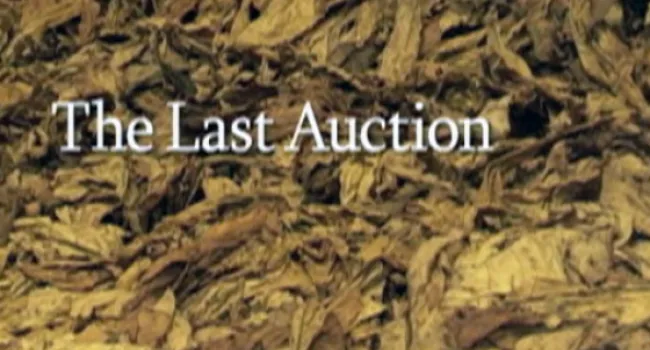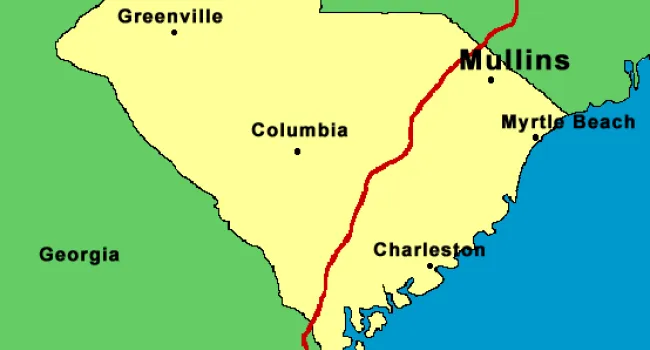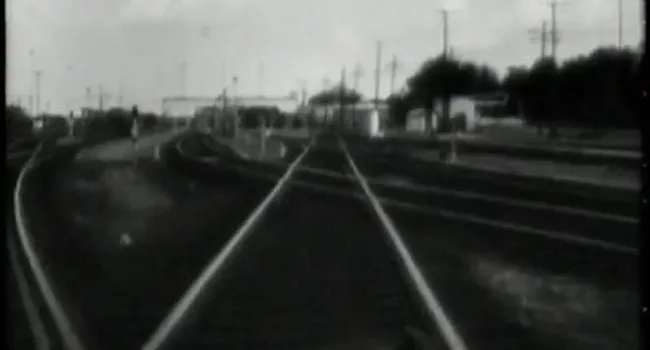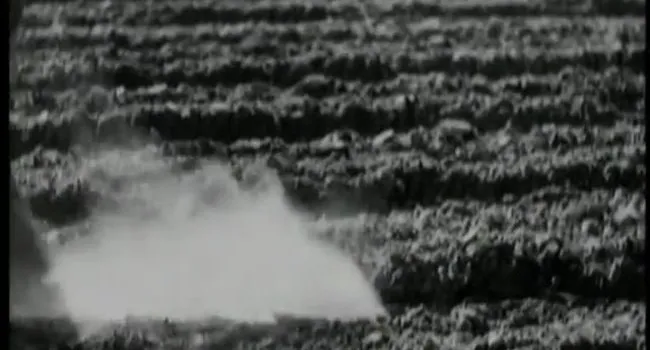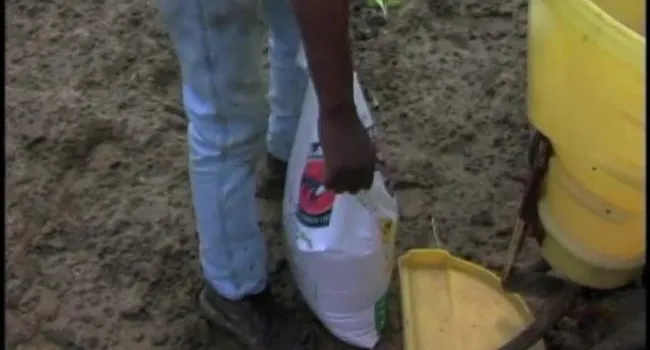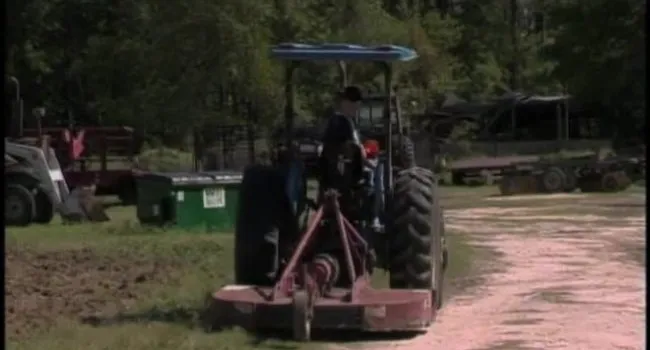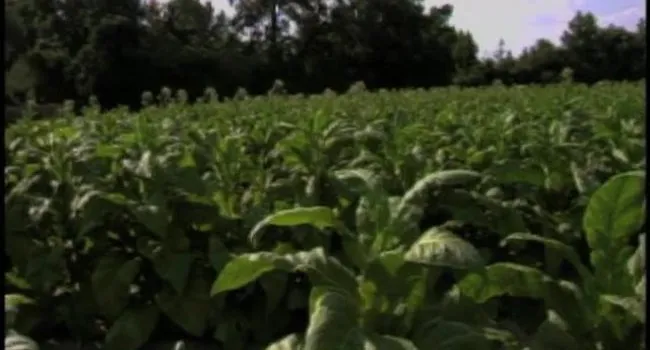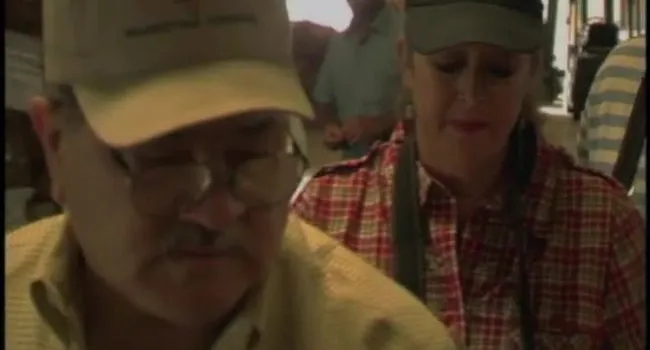Looking at the transition from hand-held farming to the advent of machines.
In the past, tobacco was a labor-intensive crop. People handled every leaf throughout the growing, harvesting and curing process. This changed in the 1970s, as farming became more mechanized. Although farm machines were very expensive, they reduced labor costs and fewer people were needed to work on the tobacco farms. Most South Carolinians who grew up working in the fields and tobacco barns say it was extremely difficult work. Now, most farmers hire seasonal workers to provide cheap labor for just about any crop. Smaller farmers have a difficult time making a living. Buying and maintaining equipment, along with the costs of fertilizers, pesticides and special curing barns, are too much of an investment for the small farmer.
Standards
- This indicator was designed to promote inquiry into the devastation of the Great Depression and the impact of the New Deal on a largely agricultural South Carolina. This indicator was also designed to foster inquiry into the economic diversification between World War II and the present, to include tourism, global trade and industry, and the maintenance of military bases.
- EFP.1.IP Evaluate how short-term goals allow individuals and institutions to make rational decisions using marginal analysis.
- This indicator was developed to encourage inquiry into the use of rational decision-making using marginal analysis. This indicator also encourages inquiry into the processes utilized by individuals, businesses, and governmental agencies to set long- and short-term goals.
